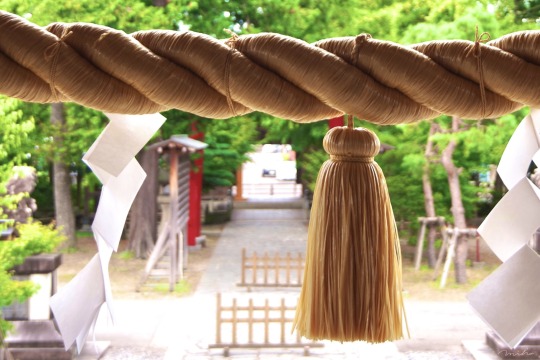#Shimenawa
Text
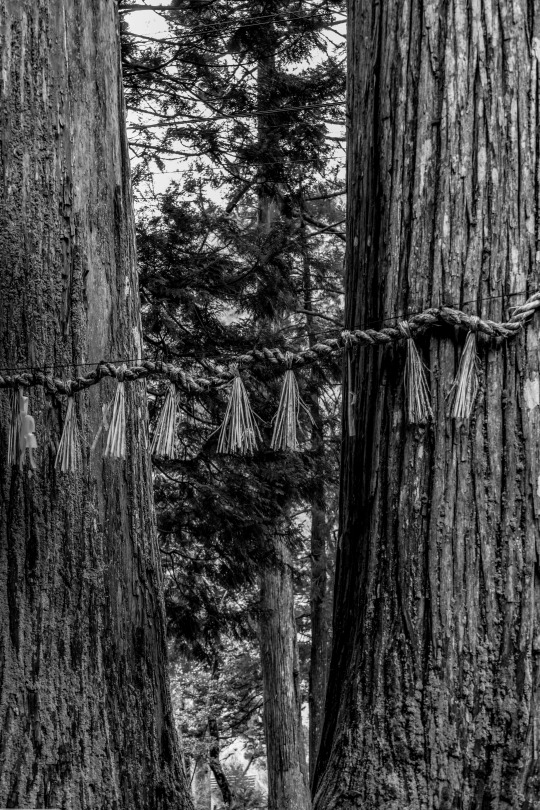

Jumy-M
Forest of Prayer / 祈りの森
370 notes
·
View notes
Photo

20240127 Atsuta ward 1 by BONGURI
毎年恒例の熱田さん参り。大楠は今年も元気そうです。 @Atsuta Jingu shrine, Atsuta ward, Nagoya city, Aichi pref.(愛知県名古屋市熱田区 熱田神宮)
#shimenawa#shide#camphortree#tree#atsutajingushrine#atsutajingu#shintoshrine#shinto#shrine#atsutanookami#atsutaward#atsuta#nagoya#aichi#japan#sony#sonyrx100m3
36 notes
·
View notes
Text
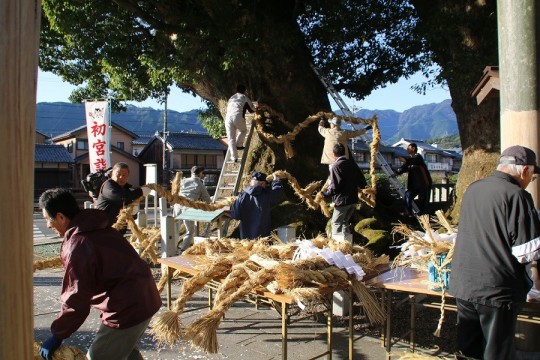
Parishioners working to hang shimenawa straw ropes around the sacred husband & wife camphor tree (夫婦楠) just inside the entrance to Owase Jinja Shrine (尾鷲神社) in Owase, Mie Prefecture during the Ōkusu Shimenawa-kake Shinji ritual (大楠注連縄掛神事) held on the fourth day of June and December
Image from the shrine's official website
27 notes
·
View notes
Text
Ready for the New Year God to arrive! Kiku has her shimekazari, kadomatsu, and shimenawa in place!
The shimekazari is a twisted rope consisting of rice straw (shimenawa), zig-zag paper (shide), pine leaves (symbolizing prosperity), and a bitter orange (a symbol of posterity). This ornament is hung on or above a door to ward off bad luck and evil spirits as well as welcome the gods of good luck.
The kadomatsu (pine gate) always come in pairs and are placed at the gate or door of a house, temple, or business. They are an invitation for the New Year God (toshigami) to come down from the sky. The kadomatsu are meant to provide temporary housing for the god. Designs for kadomatsu vary depending on region but are typically made of pine, bamboo, and sometimes plum tree sprigs which represent longevity, prosperity, and steadfastness.
There is also a shimenawa (sacred rope) hanging above the balcony to help ward off evil spirits. All of these little decorations are 100% handmade by me! And each year, I tend to improve them. :D

Shimekazari (top ornament) and shimenawa (rope):

Kadomatsu:
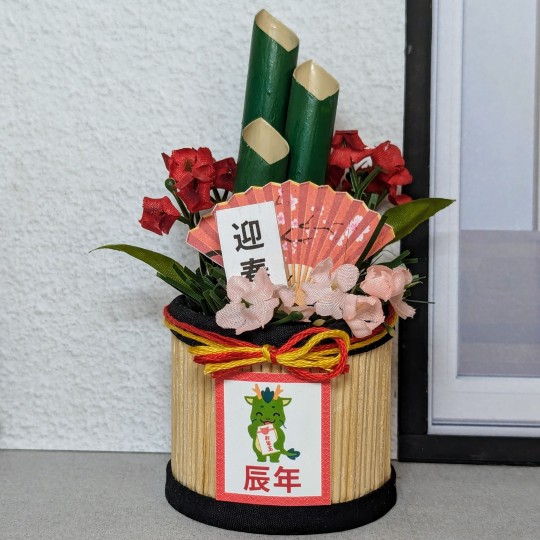

#my plastic life#tenderwolf#doll photography#one sixth scale#azone international#azone pure neemo#azonejp#anime doll#kiku ningyo#new year#happy new year#japanese new year#year of the dragon#new year 2024#kadomatsu#shimenawa#shimekazari#doll crafts#myfroggystufffanpics
10 notes
·
View notes
Text
Shinuchi's Wielder
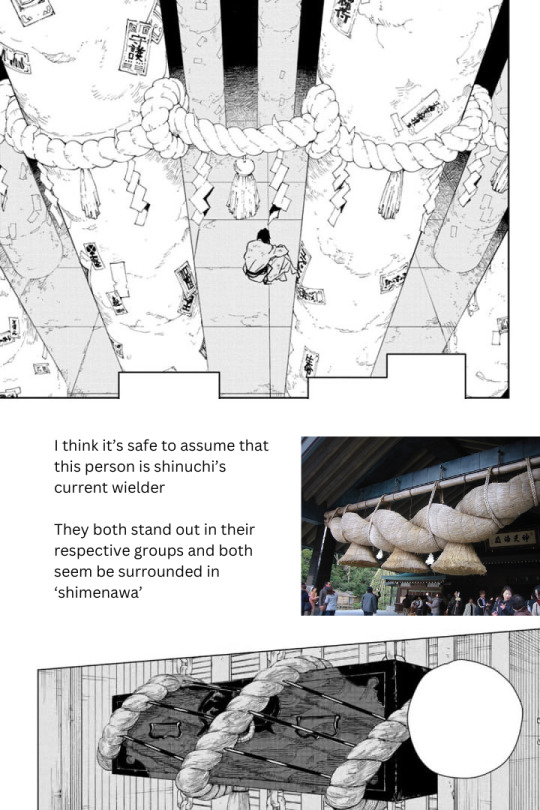


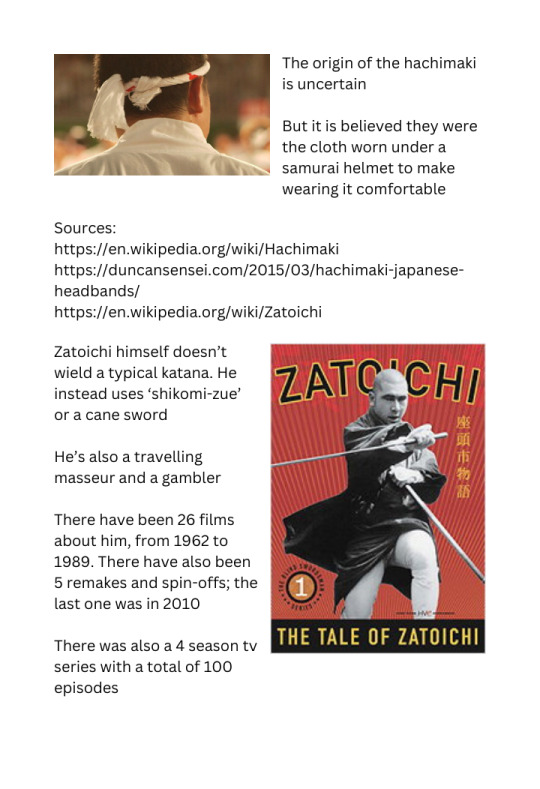
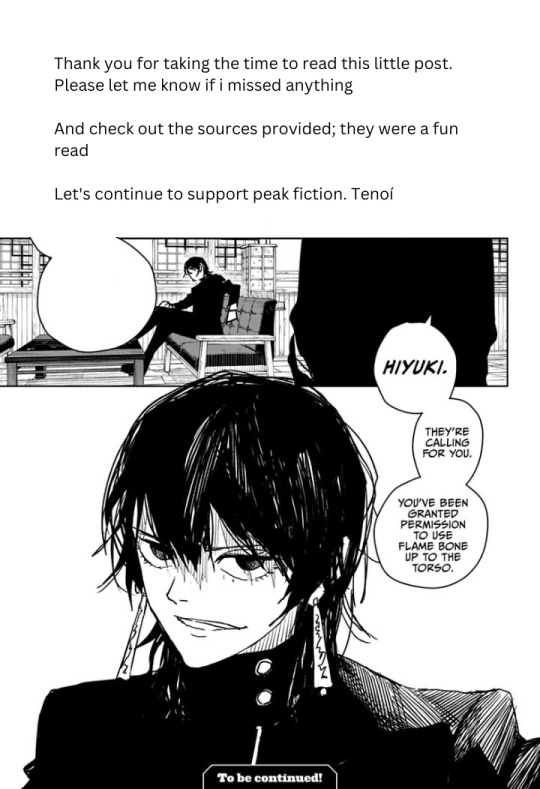
#kagurabachi#kagurabachi chapter 18#kagurabachi 18#chapter 18#manga#shonen jump#shounen jump#shinuchi#shimenawa#hachimaki#zatoichi#kamunabi#hiyuki
14 notes
·
View notes
Text
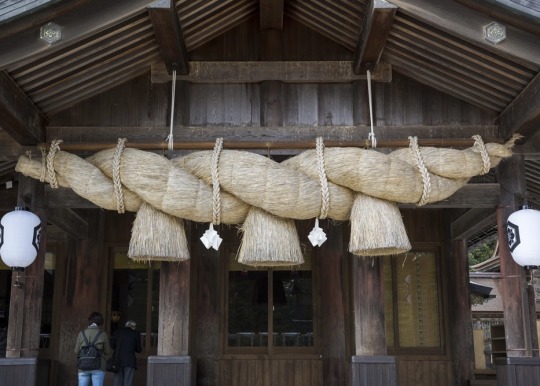
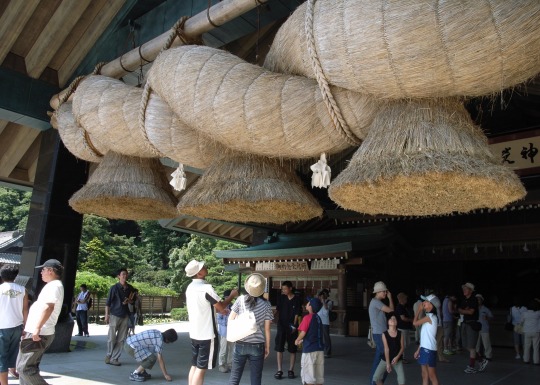
shimenawa: lengths of laid rice straw or hemp rope used for ritual purification in the shintoism (1) (2)
17 notes
·
View notes
Link

https://www.hoyolab.com/article/17256506
Just click this working link above. Never the hrefli part ><
My very first Dehya build tutorial about using 4pcs Shimenawa set builds along with other supporting characters. 🥰🥰
4 notes
·
View notes
Photo

The Archer’s 1000 Picspam —> 262: Floor XXX - The Apartment (Bonus)
There she is. She’s coming for me!
The Levels of SintraCorp
#thearchers1000picspam#levels of sintracorp#yuppie psycho#yellow#DLC content#Architecture#room#bathroom#hall#fire#tv#television#text#people#shoji#shimenawa#this is the final one
11 notes
·
View notes
Text
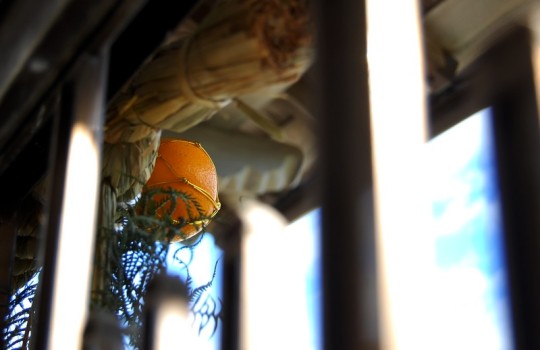
The beginning of a new year is like the beginning of a new chapter of life. It is time to put some things in the past and start anew.
Probably it’s a universal custom to wish good luck for the fresh start of the year. And people must be doing that in many different ways in different parts of the world. Different things must be associated with good luck and happiness because of their shape, color and names.
Here in Japan, people customarily relate lots of things in nature to good luck. Perhaps that is due to Shinto, the “indigenous faith” of this country. According to the faith, there are many deities residing in nature. Thus, ancient people might have seen the potentials in certain plants and animals in nature to mediate between human wishes and the deities.
Of course Japanese people today do not literally believe in the magical power of the deities and good luck charms. But they are still inclined to follow the custom just in case there is some unnatural power beyond our scientific knowledge.
In rural areas, you can still find traditional customs that were lost in big cities decades ago. My hometown is no exception. For many grandpas here, getting correct plants for New Year’s decoration has the highest priority at the end of the year. For many grandmas, failing to buy certain food ingredients for New Year’s feast is a horrible mistake that they should avoid at all costs.
For those who may be interested in such Japanese traditions, let me share some of our family tradition of New Year’s celebration as of 2023.
The God of New Year – also the God of Agriculture – is said to visit every household on the New Year’s Day to stay for a certain period to give blessing for the whole year.
This ornament is placed at the entrance to show him the way into the house.

This ornament, shimenawa is typically made with rice straw rope, ferns and an orange. And all of them are associated with good luck.
The rice straw is considered sacred because rice is the staple food here. The ferns have to be a special kind with leaves with white back. The white color is associated with gray hair, sybolizing “longevity.” The kind of orange used for this is “daidai orange” because “daidai” also means “from generation to generation” in Japanese language. Thus, this orange is associated with ”family prosperity.”
To welcome the God of New Year, light is lit at the Shinto altar in the house on the night of New Year’s Eve.
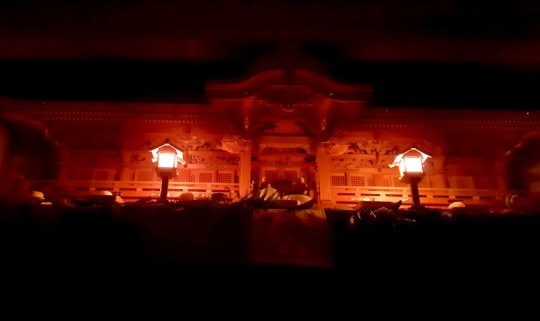
The altar is decorated with sacred rice straw ropes, talisman, rice cakes and offerings of sake, rice, salt and water.
The God is said to come onto this ornament with two big rice cakes. So it must be placed at the alcove beforehand.

When I was a child, we made these rice cakes at home by pounding glutinous rice with mortar and pestle. They usually got hard and moldy in several days so we had to soak them in water and scrape off the moldy parts to eat them. Now we buy individually-wrapped small rice cakes in a plastic container which looks like two-tiered big rice cakes.
At midnight, as soon as the date turns to Jan. 1st, I go to this old, small shrine in my neighborhood for the first shrine visit of the year. My parents go to bed early, so I need to be there on behalf of them to pray for our family’s happiness and safety in the new year.


On Jan. 1st, I wake up early to see (and take photos of) the first sunrise of the year. This sunrise is considered to be special and give you blessing for the new year.

When my parents get up at around 10 am, it is time for a traditional ceremony to celebrate the New Year.
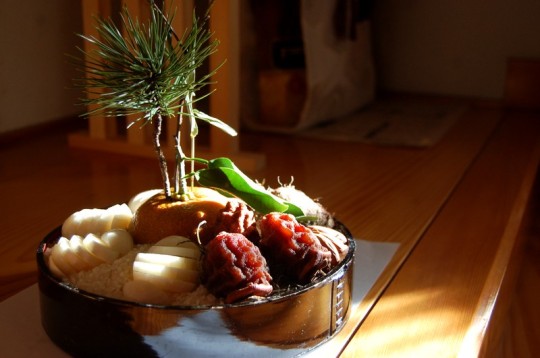
Before Meiji Restoation (1868), all people in Japan celebrated their birthdays on the same day, January 1st. So on New Year’s Day, they performed a ritual to celebrate getting one year older.
Now everyone in this country celebrates birthday independently on each person’s date of birth. But in some rural areas, people still do the ritual as a tradition on Jan. 1st and so does my family.
The most important object of the ceremony is this ornament called yone. It is literally an aggregation of ingredients symbolizing good luck.

The container is filled with raw rice, the staple food of this country. It is of special importance because it sustains people’s lives.
All the toppings are associated with good luck.
Sliced mochi (rice cake) is sacred food made from the staple food.
Daidai orange symbolizes “family prosperity” for the reason mentioned above.
Thinly-cut kobu (kelp) symbolizes happiness and joy, with its pronunciation being similar to a Japanese word yorokobu, meaning “feeling happy.”
Kachiguri (dried chestnuts which look like almonds in this photo) is associated with “victory” because kachi means "winning."
Hoshigaki (dried persimmon) means longevity because persimmon trees live long and the Kanji characters for its name can be replaced with other characters meaning “bringing happiness.”
Sprouting taro symbolizes ”prosperity of descendants” because it produces lots of tubers.
Evergreen pine sprig is associated with “longevity.” Bamboo symbolizes “strength and sincerity” because it stays green in winter. And plum, which blooms earlier than others, is a symbol of “bright future.”
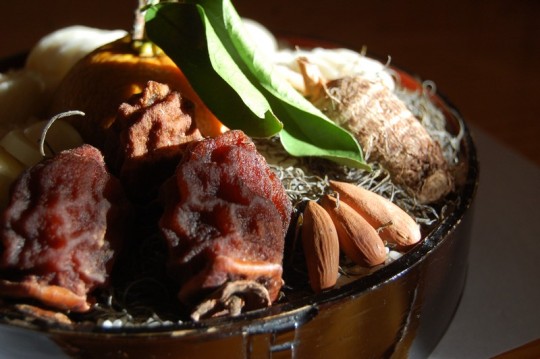
Family members gathered in the formal guest room take seats in front of the alcove and pass this ornament around. Starting with the head of the family, each person holds it with both hands a little higher than his/her head to thank God for their becoming one year older and pray for family’s happiness.
Then the person takes a sip of otoso, sake which is supposed to share some magical power of the God of the New Year. After purifying the body with the sacred sake, eating one piece of dried and grilled squid follows.

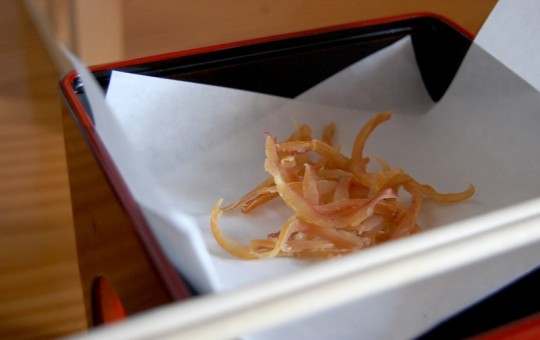
After the sake ritual, it is time for tasting zoni, rice cake soup. It is still part of the ritual, so only a small portion is served.


Our family’s zoni is VERY different. Usually some kind of vegetable is included in this soup. But our zoni has threaded kelp, yellowtail and rice cake cubes. That’s it. And lots of yellowtail bones are used for taking the broth. When my sister’s husband from a different prefecture tasted our zoni soup for the first time, he was almost overwhelmed by the strong fish flavor.
When I was a child, my mom put kimono (national traditional costume for formal occasions) on my sister and I for this special ceremony. And I was allowed to put some lipstick on only for the ceremony. Because of that, my lips felt strange while I was eating the zoni soup, but it felt very special.
The ceremony takes place in a traditional Japanese style room. Basically family members have seats on the cushions placed on the tatami floor. It is not very comfortable, honestly speaking, so as soon as the rituals are done, my family always rush to the dining room. There, comfortably sitting in chairs, we enjoy osechi (New Year’s feast) with a bowlful of warmed zoni soup.
And again, almost all foods are associated with good things like prosperity, health, longevity and good luck. Again, it is like all kinds of wishes packed in tiered lacquer food boxes.
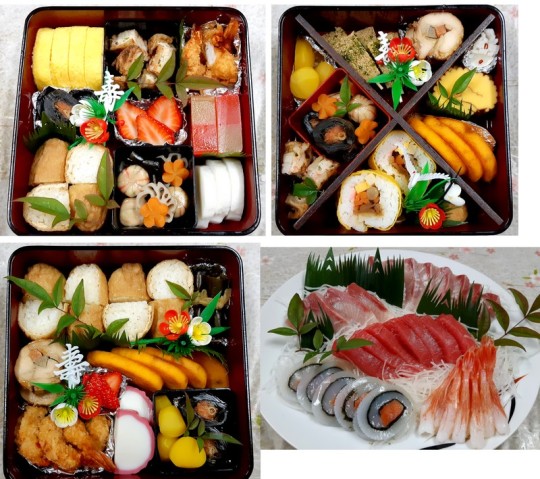

——– ——— ——–
So what do you think?
The whole thing is an overwhelming degree of wish-making, isn’t it? Here people embody lots of wishes in so many ways. Living in a country prone to natural disasters may be part of the reason why.
Now everyone in Japan is educated with modern science. Younger generations do not literally believe in superstitions and/or traditional religious customs coming from Shinto and Buddhism. But still, people here seem to be trying to maintain the good thoughts underlying all the wish-making. And for me, wishing happiness for loved ones is not the matter of being scientific vs unscientific any more.
If making one’s wishes visible and touchable makes people stronger, more hopeful and motivated, maybe it is a wisdom rather than a blind obedience to unscientific nonsense. And traditional customs give the elderly something to pass down to the youth and make them feel being part of a big continuum. That’s the way I see this whole thing.
There is a beauty in it, I think …
unless you become a slave of the tradition.
***********************
#new year's day 2023#shimenawa#traditional New Year's ceremony#kagami mochi#gantan#osechi#otoso#zoni
2 notes
·
View notes
Text
youtube
A detailed process of getting the fiber prepared.
2 notes
·
View notes
Text
After a year hiatus from making shide, I picked up my materials and started up again tonight. On September 10th, Hawai’i’s Plantation Village will be celebrating its 30th anniversary. The museum was started thanks to the dynamic conservation efforts of the Wakamiya Inari Shrine Preservation Committee to protect Oahu’s last Inari Shrine when it was set to be demolished in 1979 after the shrine’s family owners sold the land. In 1992, the museum started up around the area where the shrine had been moved to and has existed ever since. In honor of the 30th Anniversary celebration, I will be creating new shimenawa for the shrine and recently repaired torii gate. Although I was not expecting to do well, I managed to create 11 shide in less than two hours. Shout out to Kamisama and the amazing stencil their blessings helped me make. I couldn’t have done it without them. Special shout out to Rev. Olivia Bernkastel for the amazing resources and her enduring support. Finally, shoutout to my bestie @jindam for being willing to help me set things up at the shrine. I will finish this project and have everything up by September 10th!

2 notes
·
View notes
Photo

Jumy-M
Shide and Shimenawa / 紙垂と注連縄
111 notes
·
View notes
Video
20230612 Gujo 12 by Bong Grit
Via Flickr:
苗代桜の直ぐ側にあったお地蔵様。お地蔵様なのにしめ縄に紙垂。 @Nawashiro sakura, Gero city, Gifu pref. (岐阜県下呂市 苗代桜)
#Jizo#Buddhism#Stone statue#Stone#Statue#Shimenawa#Shide#Nawashiro sakura#Sakura#Sakura tree#Cherry blossom#Tree#Trees#Forest#Mountain#Nature#Plant#Wasa area#Gero#Gifu#Japan#RICOH#RICOH GR3#flickr
23 notes
·
View notes
Photo

Shinboku and Shimenawa (Ichinomiya, Chiba Prefecture, Japan)
1 note
·
View note
Text
Buon Anno 2024
#japan
L’espressione akemashite omedetou (あけましておめでどう), è la tipica formula usata in giapponese, per fare gli auguri a capodanno, cioè durante lo shougatsu (しょうがつ/正月). Questo periodo si concentra nei primi tre giorni dell’anno, ma può variare la durata in alcuni luoghi, inoltre a metà gennaio cade il koshougatsu (こしょうがつ/小正月), continua…
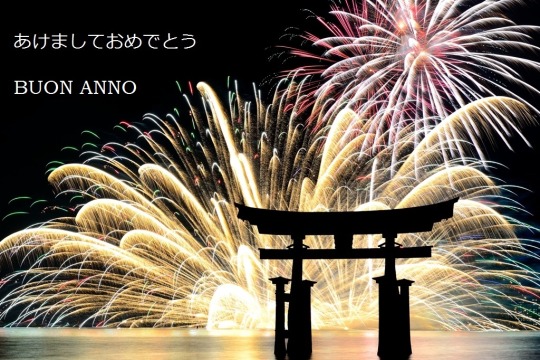
View On WordPress
#2024#Festa#Giappone#Giapponese#Hatsumoude#Hiragana#Kadomatsu#Omamori#Omikuji#Ricorrenza#Rubrica#Shimekazari#Shimenawa#Shougatsu#Torii
0 notes

